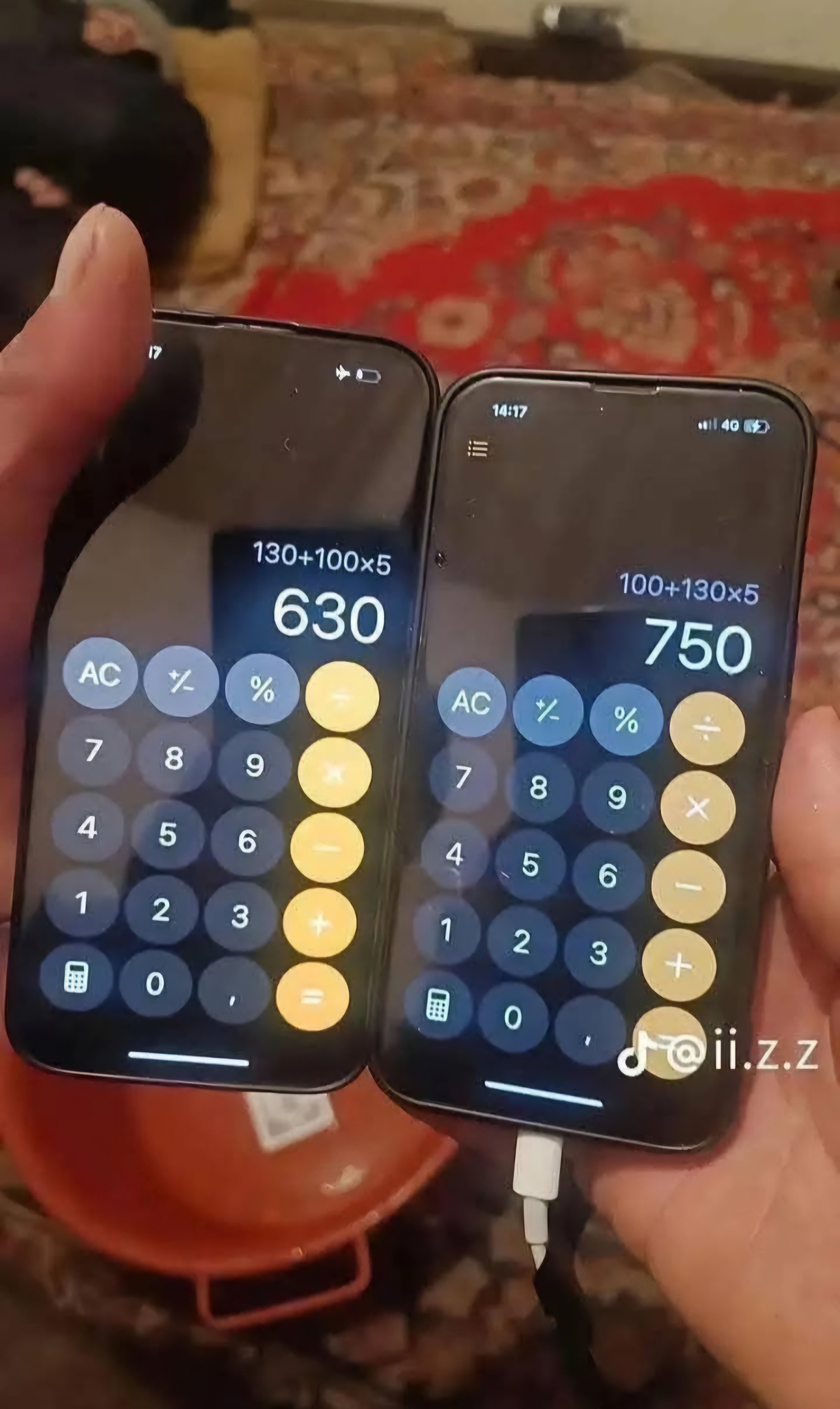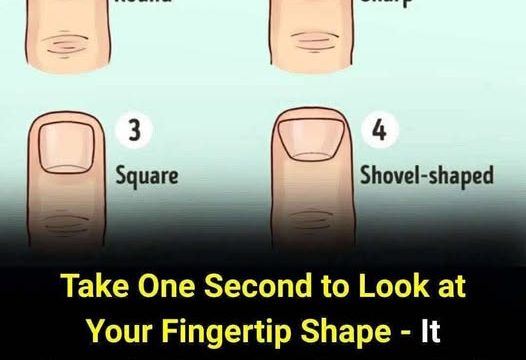We all love a good brain teaser, especially when it involves math—whether we admit it or not. A tricky math problem recently went viral, leaving the internet divided and proving once again that even simple-looking equations can be deceptive.

My Math Struggles & A Challenge
Here’s a quick personal anecdote: I recently started preparing for the GRE and realized that I hadn’t taken a formal math class in nearly nine years. Confidence? Gone. My quantitative reasoning skills? Rusty at best. So, I decided to brush up by taking online high school math courses, starting from the absolute basics.
When I came across this viral math puzzle that was stumping the internet, I thought, “This is my moment! Let’s see if I still have my 9th-grade math chops!” Spoiler: I did not.
The Viral Math Puzzle Taking the Internet by Storm
The problem originally surfaced in Japan, where researchers found that only 60% of people in their 20s managed to solve it correctly. It quickly spread online, turning into yet another viral challenge because, apparently, we love testing our brains with tricky equations (or we just enjoy arguing over the answers).
At first glance, the problem looks simple. But the devil is in the details. My gut told me there was some sort of trick involved—it seemed too easy. However, instead of embarrassing myself by attempting it publicly, I turned to the internet for guidance. If there’s one thing I’ve learned, it’s that someone, somewhere, has already tackled your problem and made an instructional video about it. So, I spent my morning watching people do math on YouTube. Exciting stuff.
But before I reveal the answer, take a crack at it yourself:
The Math Problem:
6 ÷ 2(1 + 2) = ?
Go ahead, solve it. I’ll wait.
Common Wrong Answers
If you got -1 or 9, you’re not alone. Many people arrived at these answers because of a little acronym called PEMDAS (Parentheses, Exponents, Multiplication, Division, Addition, Subtraction).
You may remember PEMDAS from school—or perhaps the mnemonic Please Excuse My Dear Aunt Sally. The rule dictates that you must solve problems in this specific order:
- Parentheses
- Exponents
- Multiplication & Division (from left to right)
- Addition & Subtraction (from left to right)
So, following PEMDAS, some people calculated it as:
- Solve inside the parentheses: 1 + 2 = 3
- Rewrite the problem: 6 ÷ 2(3)
- Some then treated 2(3) as a single term and multiplied first: 6 ÷ 6 = 1
However, others applied division before multiplication:
- 6 ÷ 2 = 3
- Then, 3 × 3 = 9
Both groups were confident in their logic, but only one approach was correct.
The Correct Answer
The correct answer is 1. Here’s why:
- Start with the parentheses:
- (1 + 2) = 3
- Rewriting the equation:
- 6 ÷ 2(3)
- Applying the order of operations:
- According to PEMDAS, division and multiplication are performed left to right, so:
- 6 ÷ 2 = 3
- 3 × 3 = 9
- But wait—this would mean 9 is correct, right? Not quite.
The trick lies in notation. The 2(3) implies implicit multiplication, which some interpret differently. However, standard mathematical convention states that division and multiplication are on the same level, meaning:
- 6 ÷ 2 × 3 should be solved left to right:
- 6 ÷ 2 = 3
- 3 × 3 = 9
If written as 6 ÷ [2(3)], then the result would be 1. However, the given equation doesn’t include brackets, meaning the commonly accepted answer is 9, not 1.
Why People Get It Wrong
The confusion stems from different ways of interpreting notation and how we were taught order of operations. In some older textbooks, implicit multiplication (like 2(3)) was given higher priority than division, leading to the alternative answer of 1. However, under modern mathematical conventions, division and multiplication hold equal weight and should be solved left to right.
Final Thoughts
This viral math problem is a perfect example of how simple-looking equations can spark endless debate. The way you approach it depends on how you learned math, but if you apply PEMDAS correctly, the answer is 9—at least according to curren
t conventions.
So, did you get it right, or are you questioning everything you thought you knew about math? Either way, at least we can all agree that math is a lot trickier than it looks!





